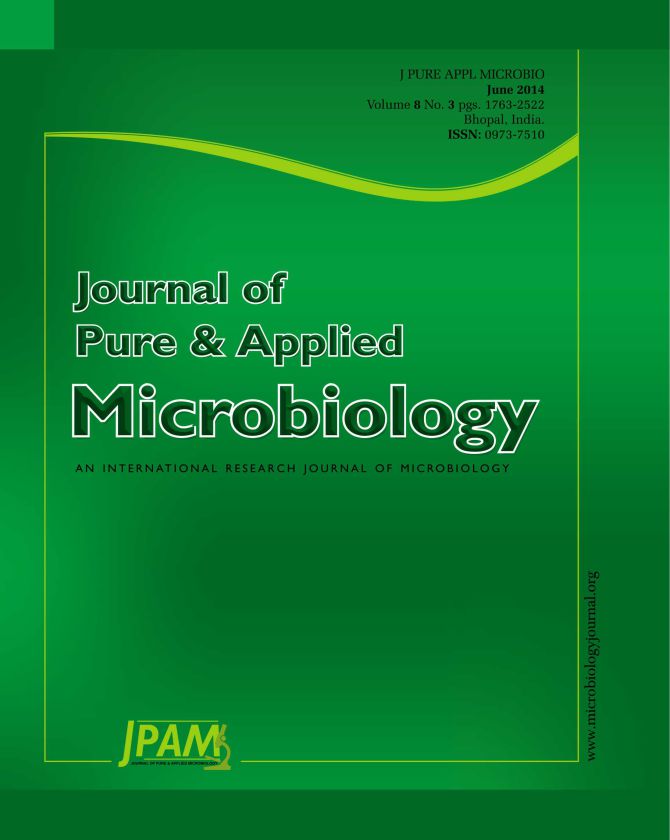In this study, lactic acid bacteria (LAB) were isolated from healthy chicken intestine and determined for probiotic properties. Six isolates with potential probiotic properties were selected and screened for their feasibility of heterologous protein expression by selection of erythromycin sensitive isolates. Two erythromycin-sensitive isolates were found and further subjected to plasmid curing process. One isolate could completely eliminate its indigenous plasmids, identified as Lactobacillus casei by 16S rRNA sequencing and was designated as L. casei RCEID08. This isolate could stably maintain the E. coli-Lactobacillus shuttle vector, pRCEID-LC13.9. Further electrotransformation of L. casei RCEID08 with recombinant pLC13.9:LDH-PRO1 containing green fluorescent protein (GFP), tetanus toxin fragment C (TTFC) or VP2 of infectious bursal disease virus (IBVD) found that all recombinant L. casei can express these heterologous proteins. Thus, our probiotic L. casei isolate can be used as host for expression of various heterologous proteins and could possibly be further developed as the alternate oral delivery system of various biomolecules for biotechnological applications.
Heterologous Protein Expression, Lactic acid bacteria, Recombinant L. casei
© The Author(s) 2014. Open Access. This article is distributed under the terms of the Creative Commons Attribution 4.0 International License which permits unrestricted use, sharing, distribution, and reproduction in any medium, provided you give appropriate credit to the original author(s) and the source, provide a link to the Creative Commons license, and indicate if changes were made.


